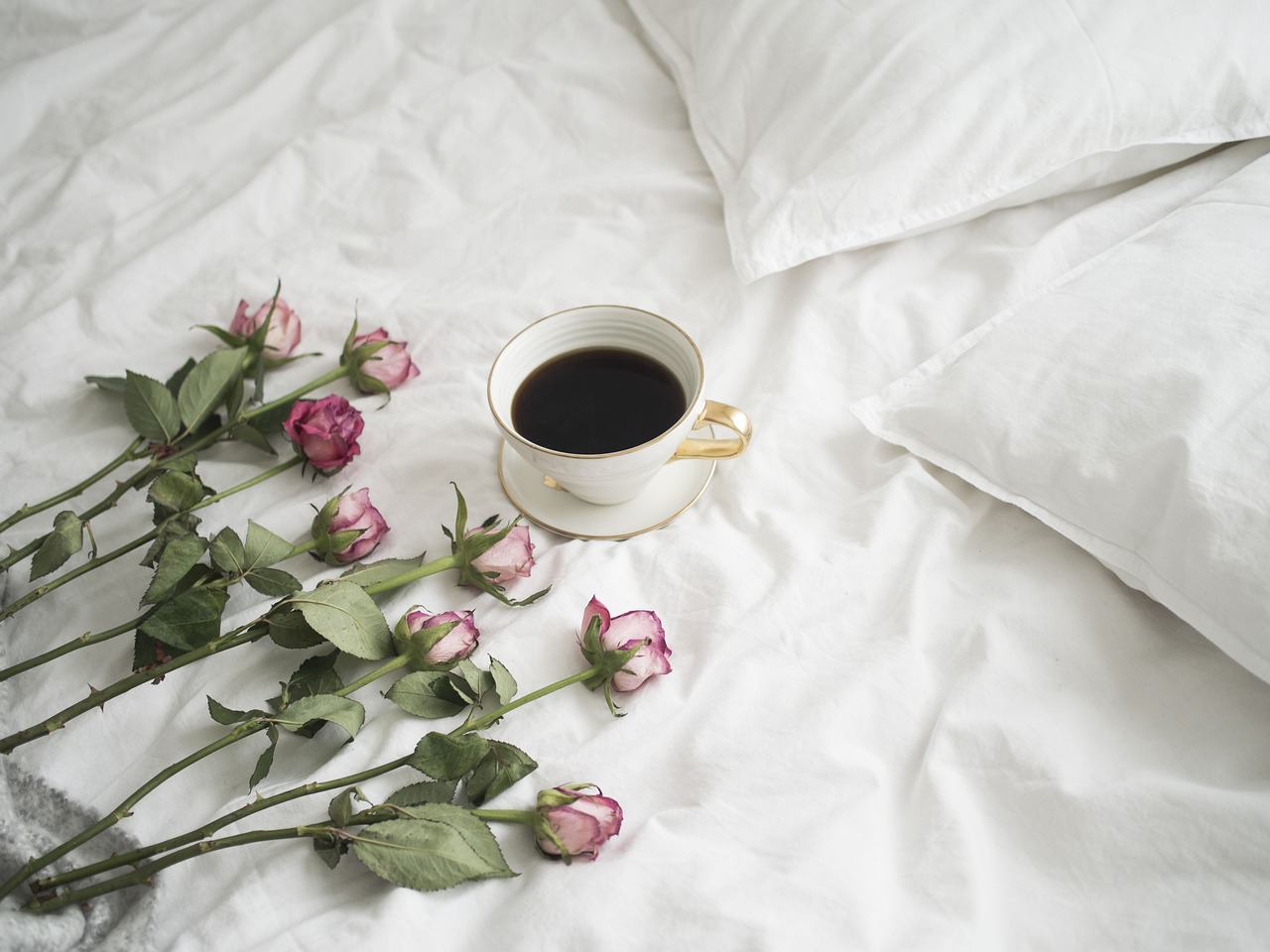Did you know that linen is made from the stalks of flax plants? Linen was one of the earliest plant fibres to be woven into clothing and other textiles. It is durable and comfortable in hot or cool weather. Belgian and French linen in particular are known for being the highest quality, using traditional processing methods.
Many different products are made with linen, such as textiles and garments. At one time, linen use was so widespread that the term was adopted as a generic reference for all household fabrics and textiles. Today, we still refer to sheets and tea towels as linens.
Linen fibres are very strong, more absorbent than cotton, and dry faster. On a hot day, linen will wick moisture from your skin and allow it to evaporate quickly. In comparison, cotton dries more slowly which can result in an unpleasant and damp garment on hot days.
Linen feels slightly cool to the touch because it has a higher conductivity factor. Conductivity is the same physics law that makes metal seem cold when you touch it, even in a warm room. The principle of conductivity makes flax linen an ideal fabric for sheets. For hot sleepers, loose weave sheets feel cooler and more breathable. During the winter, superior insulating properties of higher thread counts will make you feel warmer than cotton.
When shopping for linen sheets, there are several differences to note that will help you choose the best ones for your needs. While a high thread count is a good measure of quality for cotton sheets, a lower thread count is better for linen. For example, 300 threads per inch is considered the upper range for comfortable French linen. If the thread count is too high, the fabric will deteriorate faster and have reduced breathability. Choose higher thread counts when warmth is needed and a light, loose weave for summer.
Caring for linen
Linen will become softer and more luxurious with regular laundering. It washes and dries well and may be dry cleaned or machine washed. It will withstand high temperatures with very little shrinkage. Sheets can be washed and dried normally. Linen clothes are much easier to iron when slightly damp. Some garments such as shirts and slacks can be drip-dried: may sure the garment is dripping wet then hang to dry overnight. If it’s coming from a washer, you’ll need to soak it again. Use a non-metal hanger to avoid rust stains. The result is a wrinkle-free shirt with no effort at all.
Please contact our office to view properties for sale in your area.
Photo thanks to monileoni





